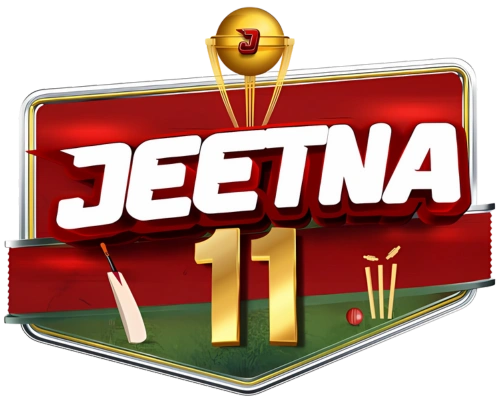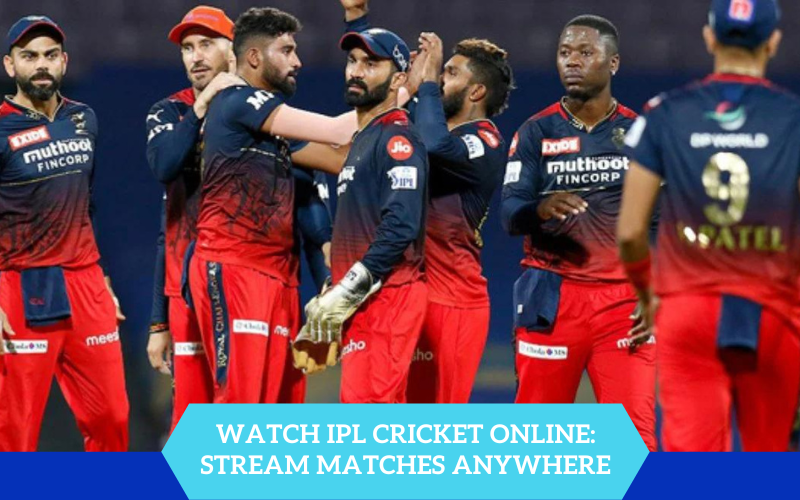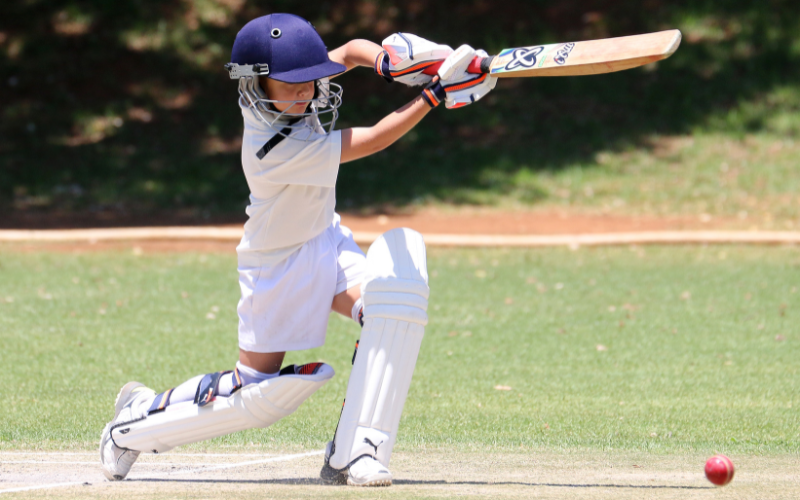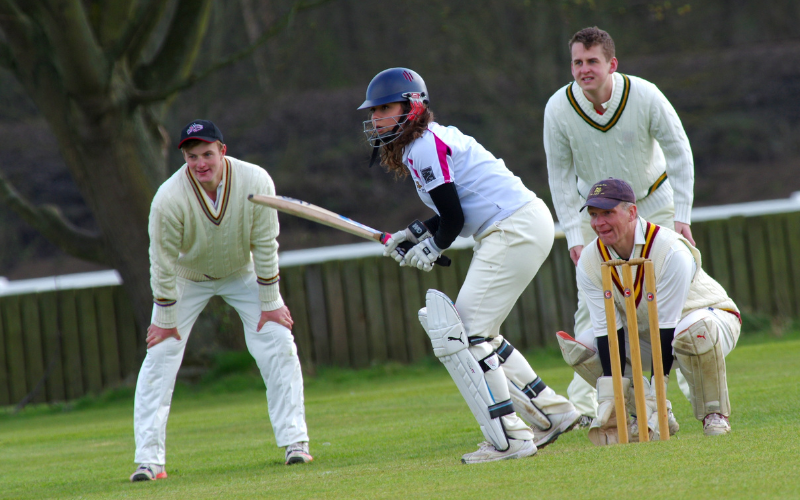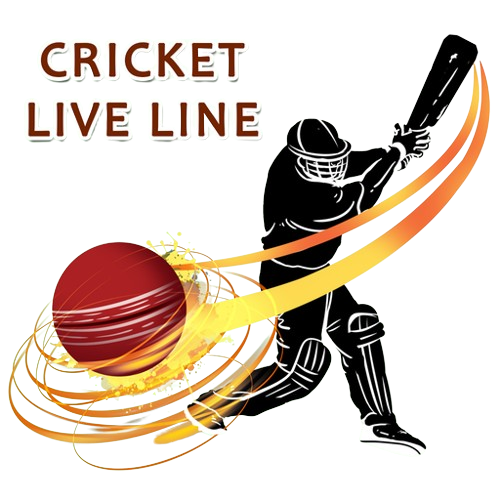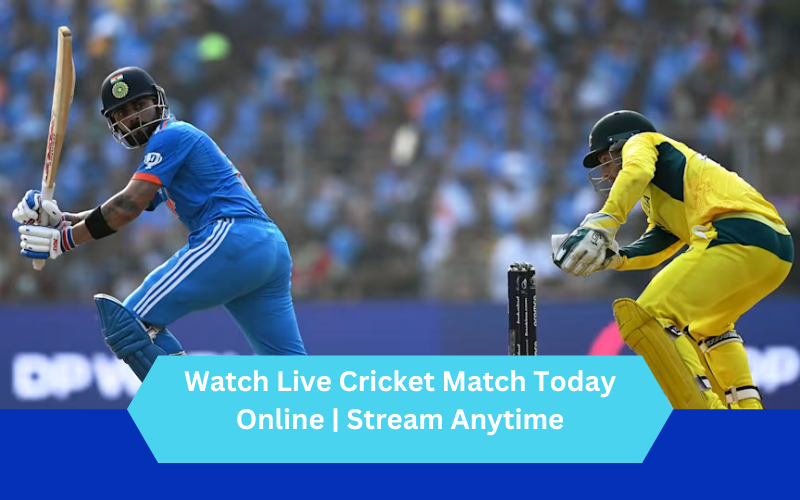Cricket is a popular sport that has captured the hearts of millions worldwide. In this article, we’ll explore everything you need to know about a sport cricket match, from its basic rules to how it is played, the different formats, and what makes it so exciting. Whether you’re new to cricket or just looking to understand it better, this guide is designed to help you grasp the essentials in simple terms.
What is a Sport Cricket Match?
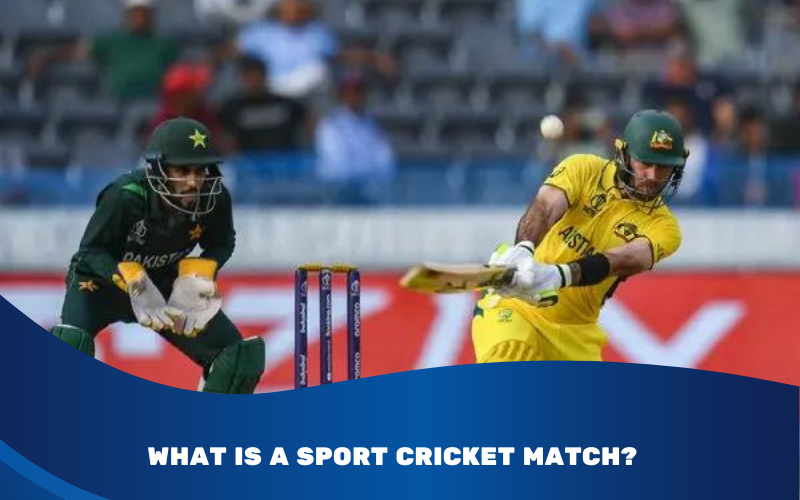
A sport cricket match is a game where two teams compete against each other. Each team has 11 players, and the main objective is to score more runs than the opposing team. The match is played on a field with a pitch in the center, where most of the action takes place. Cricket is a game of strategy, skill, and teamwork, and each player has a specific role to play.
The Basics of a Sport Cricket Match
To understand a sport cricket match, it’s essential to know the basics:
- The Pitch: The pitch is the central area where the bowler bowls the ball, and the batsman tries to hit it. It is 22 yards long and has stumps at each end.
- The Teams: Each team has 11 players, including batsmen, bowlers, fielders, and a wicketkeeper.
- The Innings: A cricket match is divided into innings. In one inning, one team bats while the other bowls and fields. The roles are switched in the next inning.
- Runs: The primary goal is to score runs by hitting the ball and running between the wickets. The team with the most runs wins the match.
How a Sport Cricket Match is Played
In a sport cricket match, the game begins with a coin toss. The captain of the winning team decides whether to bat or bowl first. The team that bats tries to score as many runs as possible, while the bowling team tries to prevent them from scoring and to get the batsmen out.
The bowler bowls the ball towards the batsman, who tries to hit it with a bat. If the batsman hits the ball and it crosses the boundary line, they score four or six runs, depending on whether the ball touches the ground before crossing the boundary. If the batsman misses the ball and it hits the stumps, they are out.
The fielders help the bowler by catching the ball, stopping it from reaching the boundary, and trying to get the batsmen out in various ways. After all the batsmen are out or the overs are completed, the roles are reversed.
Different Formats of a Sport Cricket Match
Cricket is a versatile game with several formats, each with its own rules and duration. Understanding these formats will help you appreciate the variety and excitement of a sport cricket match.
- Test Cricket: The oldest and most traditional format, Test cricket is played over five days with unlimited overs. Each team plays two innings, and the match can end in a win, loss, draw, or tie.
- One-Day International (ODI): In an ODI, each team plays 50 overs. The match is completed in one day, and the team with the most runs at the end wins.
- Twenty20 (T20): The shortest and most exciting format, T20 cricket is played with each team getting 20 overs. The game lasts about three hours, and it’s known for its fast pace and thrilling finishes.
See more: Cricket Betting App: Guide to Safe & Fun Betting
Conclusion
A sport cricket match is more than just a game; it’s a blend of strategy, skill, and excitement that has captured the imagination of people around the world. Whether you’re a seasoned fan or new to the game, understanding the basics and appreciating the different aspects of cricket can make watching and playing the game a truly enjoyable experience.
By following this guide, you should now have a better understanding of what happens in a sport cricket match, the roles of the players, the different formats, and why cricket is such a beloved sport. So the next time you watch a match, you’ll be able to appreciate the intricacies of the game and enjoy the thrill of cricket.
